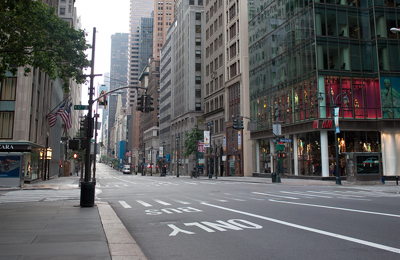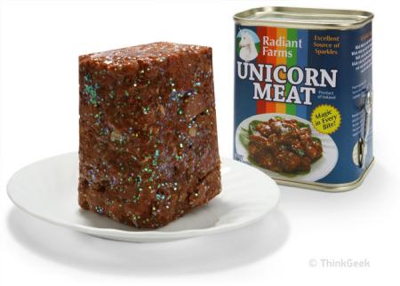April 1, 1950: The
Wiesbadener Tagblatt (of Wiesbaden, Germany) announced that a flying saucer had crashed nearby and ran a photo of a small, one-legged extraterrestrial that had supposedly been found near the wreckage by American soldiers. The article elicited so many inquiries that the paper had to publish a disclaimer several days later. But the career of the hoax was far from over. An unknown informant sent a clipping of the photo to the FBI, and the agency duly filed it away, mistakenly labeling it a "Martian in the USA." Three decades later, the agency passed the photo along to UFO researcher Barry Greenwood, and through him it made its way into the influential 1980 book
The Roswell Incident, whose authors presented it to readers as genuine evidence of contact with UFOs. The photo, on account of being in this book, is credited with playing a large role in popularizing the idea of extraterrestrials as "little grey men." The
Wiesbadener Tagblatt photographer who created the image subsequently revealed that the alien was actually his five-year-old son (heavily doctored and airbrushed) posing with soldiers from the local U.S. base.




The Top 100 April Fool's Day Hoaxes of All Time
Other April Fool resources at the Museum include: the April Fool Archive (a year-by-year archive of the entire history of the celebration), the Origin of April Fool's Day, the April Fool FAQ, and the Top 10 Worst April Fools Ever. Also, you can find more info about most of the hoaxes in the Top 100 list by clicking their title or thumbnail.